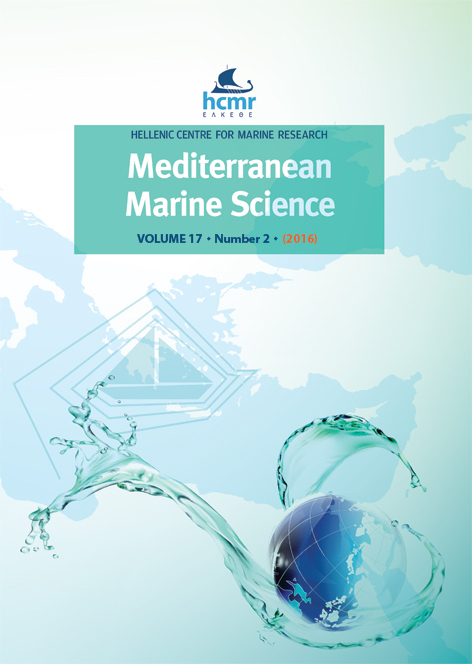Meta-analysis review of fish trophic level at marine protected areas based on stable isotopes data

Abstract
Stable isotopes (δ15N) are used to determine trophic level in marine food webs. We assessed if Marine Protected Areas (MPAs) affect trophic level of fishes based on stable isotopes on the Western Mediterranean. A total of 22 studies including 600 observations were found and the final dataset consisted of 11 fish species and 146 observations comparing trophic level inside and outside MPAs. The database was analysed by meta-analysis and the covariate selected was the level of protection (inside vs. outside MPAs). The results indicate significant difference between trophic levels inside and outside MPAs. However, results differ from expectations since the trophic level inside was lower than outside MPAs. Three habitats were analysed (coastal lagoons, demersal and littoral) and significant differences were found among them. Trophic level was higher in demersal habitats than in coastal lagoons and littoral areas. No significant differences were found in species classified by trophic functional groups. We consider several hypotheses explaining the obtained results linked to protection level of the MPAs, time since protection and MPAs size. We debate the suitability of using the stable isotope (δ15N) as direct indicator of trophic level in evaluating MPAs effects on food webs.
Article Details
- How to Cite
-
de LOPE ARIAS, J. J., MATEU-VICENS, G., & DEUDERO COMPANY, M. (2016). Meta-analysis review of fish trophic level at marine protected areas based on stable isotopes data. Mediterranean Marine Science, 17(2), 496–507. https://doi.org/10.12681/mms.1628
- Issue
- Vol. 17 No. 2 (2016)
- Section
- Review Article
Authors who publish with this journal agree to the following terms:
- Authors retain copyright and grant the journal right of first publication with the work simultaneously licensed under a Creative Commons Attribution Non-Commercial License that allows others to share the work with an acknowledgement of the work's authorship and initial publication in this journal.
- Authors are able to enter into separate, additional contractual arrangements for the non-exclusive distribution of the journal's published version of the work (e.g. post it to an institutional repository or publish it in a book), with an acknowledgement of its initial publication in this journal.
- Authors are permitted and encouraged to post their work online (preferably in institutional repositories or on their website) prior to and during the submission process, as it can lead to productive exchanges, as well as earlier and greater citation of published work (See The Effect of Open Access).




